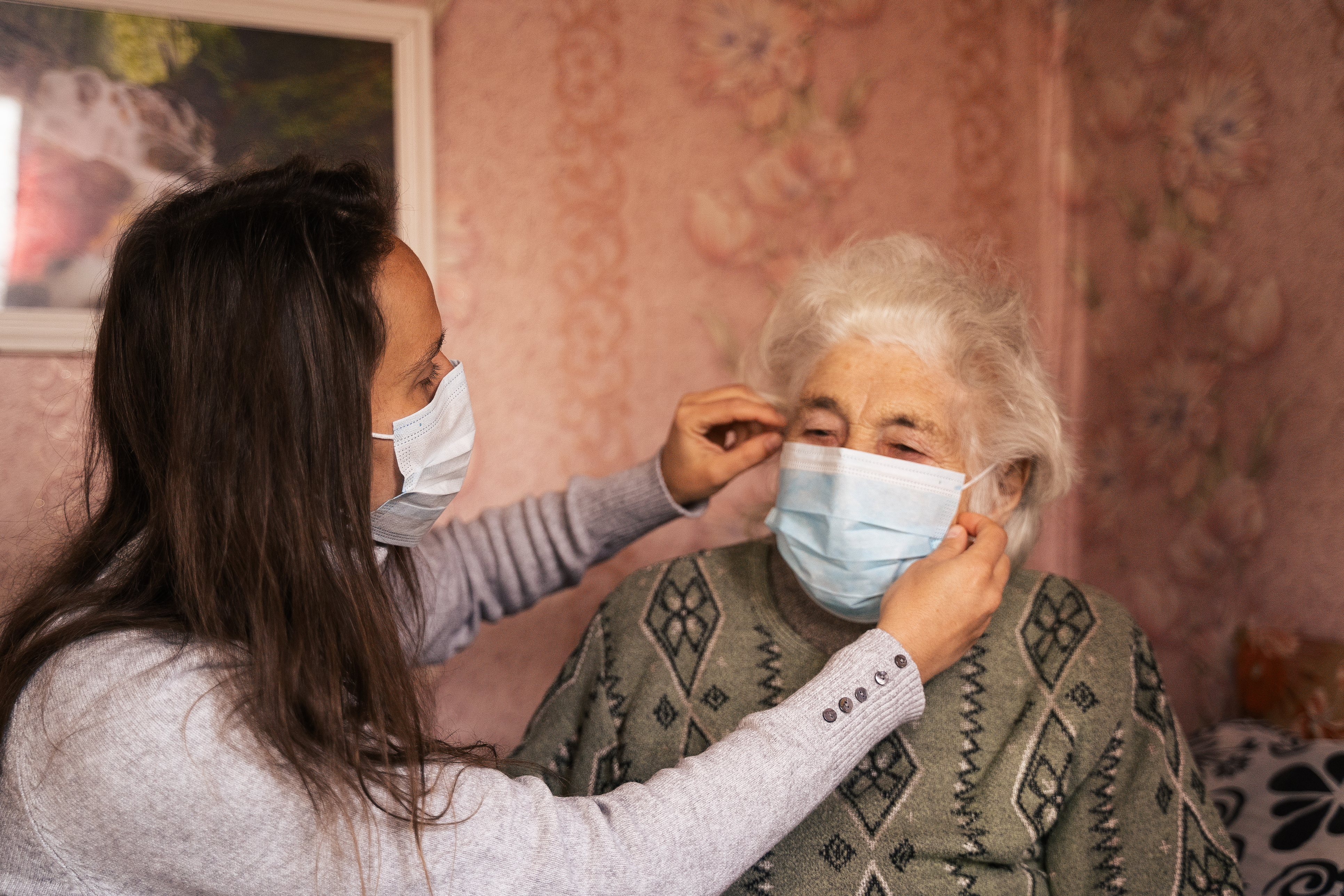
Neurologic manifestations of COVID-19 in people with PD
What are the neurologic manifestations of COVID-19 and how does COVID-19 affect the management of people with Parkinson’s disease and their outcomes? Experts at MDS Virtual Congress 2020 presented an up-to-date summary of all currently available information.
What are the neurologic manifestations of COVID-19?
Most frequent neurologic manifestations are headache, myalgia, anosmia, and ageusia
Neurologic manifestations are not uncommon in patients who have COVID‐19 infection,1 and studies are ongoing to determine their prevalence and nature, said Professor Elena Moro, Grenoble, France.
Multiple neurologic manifestations have been reported including encephalopathy, and stroke. The most frequent identified by 2343 physicians, mainly neurologists based in Europe, are headache, myalgia, anosmia, ageusia, impaired consciousness and psychomotor agitation.2
Uncommonly patients with COVID-19 infection develop new-onset but apparently transient hyperkinesia with tremor and myoclonus and very rarely parkinsonian symptoms,3 noted Professor Alfonso Fasano, Toronto, Canada.
New-onset symptoms in patients with COVID-19 infection are very rare
Magnetic resonance imaging has shown microstructural disruption, mainly in the central olfactory cortices, in the recovery stages of COVID-19, suggesting post-infective short- and long-term neurologic manifestations are possible.4
Longitudinal neurologic and cognitive assessment of individuals after recovery from COVID-19 are therefore crucial to understand the natural history of COVID-19,5 concluded Professor Moro.
COVID-19 infection in people with PD
Are people with PD more susceptible to COVID-19 infection, and how might COVID-19 infection affect management of PD? asked Professor Fasano.
People with PD do not appear to have increased risk for developing COVID-19
Together with colleagues, he investigated an unselected large cohort of patients with non-advanced PD. COVID‐19 risk and mortality were similar to that of the general population in Italy, but COVID-19 symptoms appeared to be milder.6
Meanwhile, in another study, people with PD with COVID‐19 infection experienced significant worsening of motor and nonmotor symptoms, especially fatigue and urinary symptoms. The worsening symptoms were attributed to infection and impaired dopaminergic pharmacokinetics and required adjustments to dopaminergic medication.7
Impact of COVID-19 on clinical care
Impaired mental health, physical activity, and quality of life were documented among patients with PD during the COVID‐19 pandemic, said Professor Esther Cubo, Burgos, Spain. Telemedicine can help in ensuring continuing care and addressing these issues.8
Increase in telemedicine
Telemedicine allows patients with PD to stay safe and avoid traveling to care sites. A two-step model integrating a telenursing triage followed by videoconsultations with neurologists has been described.9
A global survey of telemedicine experts in March–April 2020 found that all forms of telemedicine for movement disorders increased as an immediate response to the pandemic together with updated government regulations. The challenges include privacy concerns, lack of reimbursement, limited access, and lack of telemedicine training.10
Our correspondent’s highlights from the symposium are meant as a fair representation of the scientific content presented. The views and opinions expressed on this page do not necessarily reflect those of Lundbeck.


